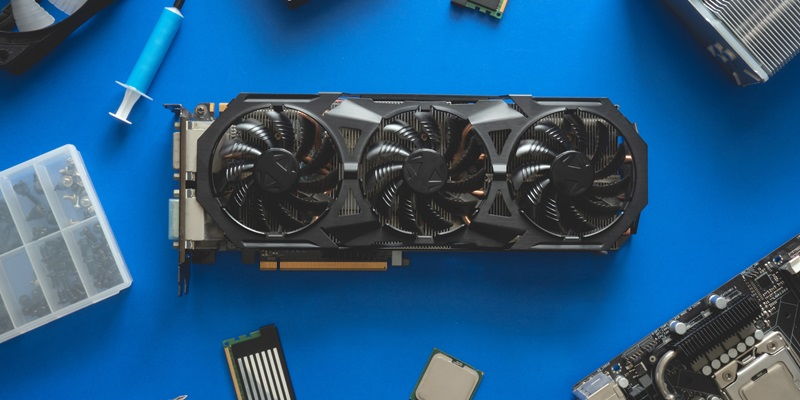Nvidia, the renowned graphics card manufacturer, has recently announced its plans to end the production of the GTX 16 series graphics cards. This move comes as the company intends to shift its focus towards the RTX lineup of graphics cards. Starting from the first quarter of 2024, Nvidia will completely cease full-scale production of the GTX 16 series GPUs and halt the supply to board manufacturers. This decision signifies a significant shift in Nvidia’s product strategy and underscores the growing prominence of the RTX brand.
Implications of the move
With the cancellation of the GTX 16 series, Nvidia is effectively bringing the GTX brand to an end. In the future, the company will exclusively produce RTX graphics cards. Although this move aligns with the industry’s trajectory towards real-time ray-tracing technology, it also leaves a void in Nvidia’s budget lineup. The GTX 16 series catered to price-conscious consumers seeking reliable performance without breaking the bank. As a result, Nvidia will need to reevaluate its offerings in the budget segment to cater to this market demand.
Additionally, this shift may create a temporary shortage of the RTX 3050, one of Nvidia’s most anticipated budget-oriented graphics cards. The popularity of the 3050, touted as a significant step up from the GTX 1650, has made it highly sought after. The current stock shortage exacerbates the limited availability, leaving potential buyers waiting for restocks to satisfy their gaming needs.
Comparison of budget graphics cards
Before delving into the implications of this decision, it’s essential to evaluate the performance and pricing differences between the GTX 1650 and the RTX 3050. At present pricing, the RTX 3050 is only approximately 15% more expensive than the GTX 1650, making it a tempting option for budget gamers. However, the 3050 delivers a substantial performance boost, making it a worthy investment for those seeking superior gaming and ray-tracing capabilities.
In contrast, the GTX 1630, although more affordable than both the 1650 and the 3050, fails to impress in terms of performance. Retailing around $130 in the United States, the 1630 provides lackluster performance and may not be sorely missed with its discontinuation. The departure of the GTX 1630 further highlights the need for Nvidia to develop more compelling and competitively priced graphics cards for the budget-conscious market.
Concerns about affordable graphics cards
Nvidia’s decision to discontinue the GTX 16 series graphics cards raises concerns regarding the company’s offerings in the affordable price range. While the RTX lineup offers cutting-edge features and superior performance, the higher price points may deter some budget gamers. With the absence of the GTX brand, Nvidia now faces the challenge of providing affordable options that strike a balance between price and performance.
However, there is hope on the horizon. Industry rumors suggest that Nvidia may release new variants of the RTX 3050, addressing the demand for affordable graphics cards. Alongside the potential introduction of an RTX 4050, Nvidia might aim to widen its budget lineup, providing more diverse options for consumers with varying price points and performance requirements.
Nvidia’s decision to discontinue the production of GTX 16 series graphics cards marks a momentous shift in the company’s product strategy. Focusing solely on the RTX lineup, Nvidia aims to capitalize on the growing popularity of real-time ray tracing and provide cutting-edge performance to its customers. However, this decision does leave a gap in Nvidia’s budget lineup, prompting the company to reconsider its approach to the more affordable graphics card market.
Looking ahead, it remains to be seen how Nvidia will address the demand for affordable graphics cards. The potential introduction of new variants, such as the RTX 3050 and RTX 4050, may provide consumers with additional options. As the gaming industry evolves and technology advances, Nvidia must adapt to cater to a diverse range of consumers and their varying budgets. Only time will tell if Nvidia can deliver on its commitment to providing accessible and high-performance graphics cards for all.

